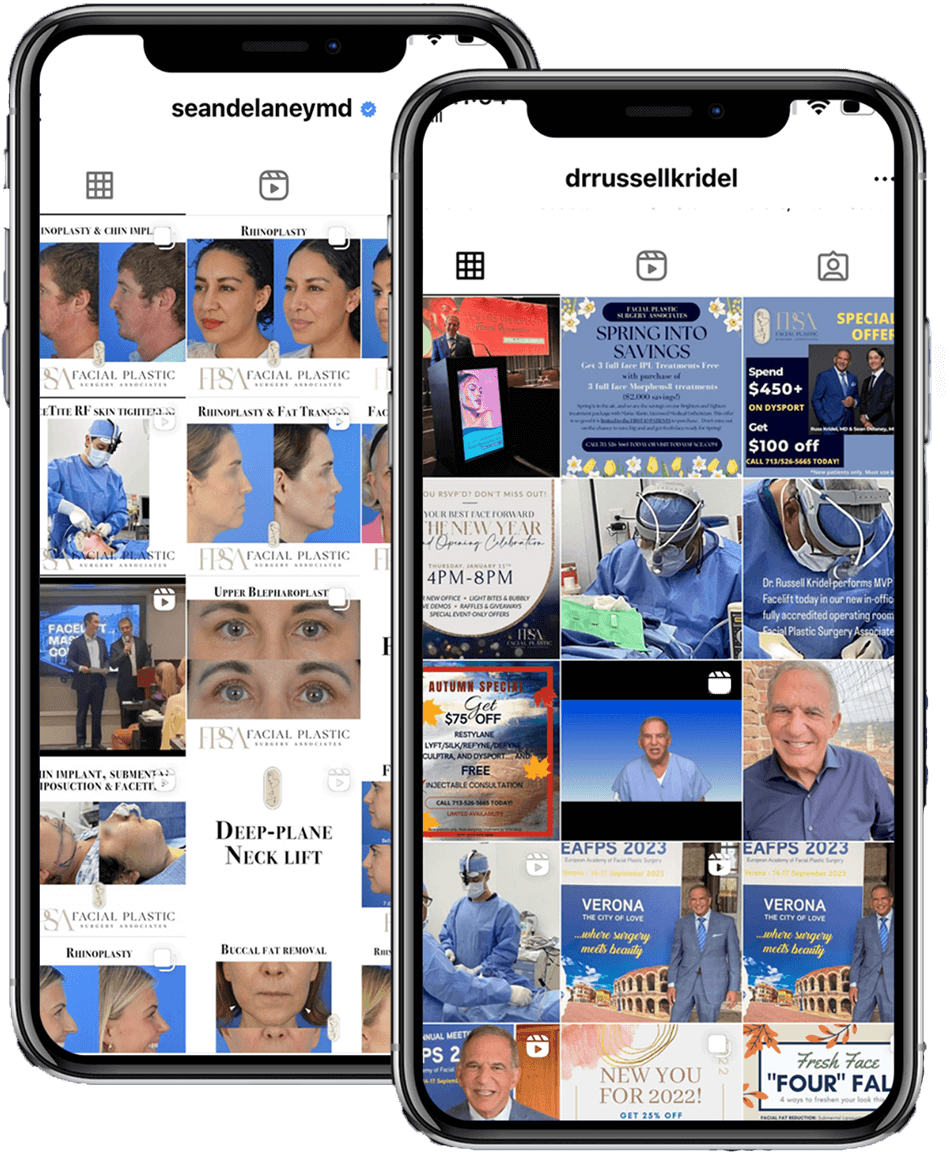June 06, 2025 | Facelift
5 minute read

When it comes to a facelift, the recovery process deserves just as much attention as the procedure itself. Dr. Sean Delaney’s mastery of the Extended Deep Plane Facelift isn’t just about the stunning results—it’s also about giving you an easier recovery journey.
In this blog, we’ll walk through what makes the Extended Deep Plane Facelift recovery process different, what to expect during each stage of healing, and how you can prepare yourself for the smoothest possible experience.
What Makes Extended Deep Plane Facelift Recovery Different?
An Extended Deep Plane Facelift goes deeper than standard facelifts—literally. During this rejuvenating procedure, Dr. Delaney addresses signs of aging in the midface, nasolabial folds, and corners of the mouth by skillfully going beneath the superficial muscular aponeurotic system (SMAS) layer, completely releasing facial retaining ligaments. Put simply, this surgery addresses aging at a much deeper structural level than traditional techniques.
This technical difference means two benefits for your recovery. First, you’ll likely experience less swelling and bruising than with traditional facelift methods. The deep plane doesn’t contain many blood vessels, so despite more extensive work, there’s surprisingly less post-surgical swelling.
Second, you’ll get back to life faster. Most of Dr. Delaney’s patients feel comfortable resuming their regular routines, including light social activities, within 10 to 14 days—a far cry from the typical recovery after traditional SMAS facelifts. And, because Facial Plastic Surgery Associates customizes every aspect of your Extended Deep Plane Facelift to match your unique facial structure, your results will be both stunning and personalized, too.
Extended Deep Plane Facelift Recovery Timeline
Dr. Delaney performs every Extended Deep Plane Facelift in FPSA’s AAAHC-accredited operating room. Immediately after surgery, patients wake up in the facility’s recovery area, where they are monitored by Dr. Delaney and his team. This is when the healing process begins!
While everyone’s rate of healing is different, the general recovery timeline will look something like this:
Day One After Facelift Surgery
Following surgery, you’ll stay overnight at the Hotel Chifley, just a block from the office. A registered nurse will attend to your needs during this time. A soft dressing will protect your incisions, and surgical drains will help manage swelling.
Days Two and Three Post-Surgery
Your first follow-up appointment will be the morning after surgery. Typically, Dr. Delaney removes drains and replaces surgical dressings at this time. On the second or third day post-op, you will have your next follow-up appointment, where a member of the FPSA team will wash your hair gently before you see the doctor. After your check-up, you’ll transition to wearing a facial sling—full-time for the first week, then just at night for the second week.
First Week After a Deep Plane Facelift
Swelling typically peaks and then starts improving during the first week after an Extended Deep Plane Facelift. Many patients find they can switch from prescribed medications to regular over-the-counter pain relief. Bruising begins fading but remains visible.
Week Two Post-Op
Suture removal happens gradually in the first two weeks after surgery. Around the two-week mark, depending on how well you’ve healed, you might get clearance from Dr. Delaney to apply light makeup over your healing incision lines. It is crucial to sleep on your back with your head elevated above your heart for the first two weeks. Be sure to keep your neck in a neutral position and avoid flexing your neck forward while you sleep to ensure proper lymphatic drainage overnight.
How to Prepare for Your Facelift Recovery
Getting ready for recovery is just as important as the surgery itself. Dr. Delaney wants your healing process to go smoothly, and a little preparation makes a huge difference.
The FPSA office will provide detailed pre-surgery instructions, but these four steps form the foundation of a smooth facelift recovery experience:
- Clear your calendar completely for two full weeks. Your body has one job during this time: healing. Stress slows healing, so postpone everything that doesn’t absolutely require your attention.
- Buy extra pillows or a wedge pillow now and practice back-sleeping with your head propped up. This position keeps swelling down and protects your results.
- Learn neck safety by practicing “whole body turns.” When you want to look left or right, your shoulders and hips should move together while your neck stays neutral.
- Create a recovery command center beside your bed or recliner. Stock it with necessary medications, water bottles, healthy snacks, and entertainment. Meal prepping is also a huge help.
Can PRP Therapy Improve Facelift Results?
Yes, it can! Dr. Delaney incorporates platelet-rich plasma in every Extended Deep Plane Facelift he performs. This isn’t an extra charge—it’s standard care at Facial Plastic Surgery Associates. PRP harnesses your body’s own healing factors, delivering them exactly where needed. Patients typically experience faster healing, less bruising, and often better skin texture.
Interested in an Extended Deep Plane Facelift in Houston, TX?
The mirror doesn’t lie, but it doesn’t have to tell the whole truth about your age. Dr. Delaney’s Extended Deep Plane Facelift has helped hundreds of Houston patients rediscover confidence in their reflection. And he can help you too.
The team at Facial Plastic Surgery Associates is ready to schedule your consultation. Contact us today at (713) 526-5665 or fill out our online form to get started.




